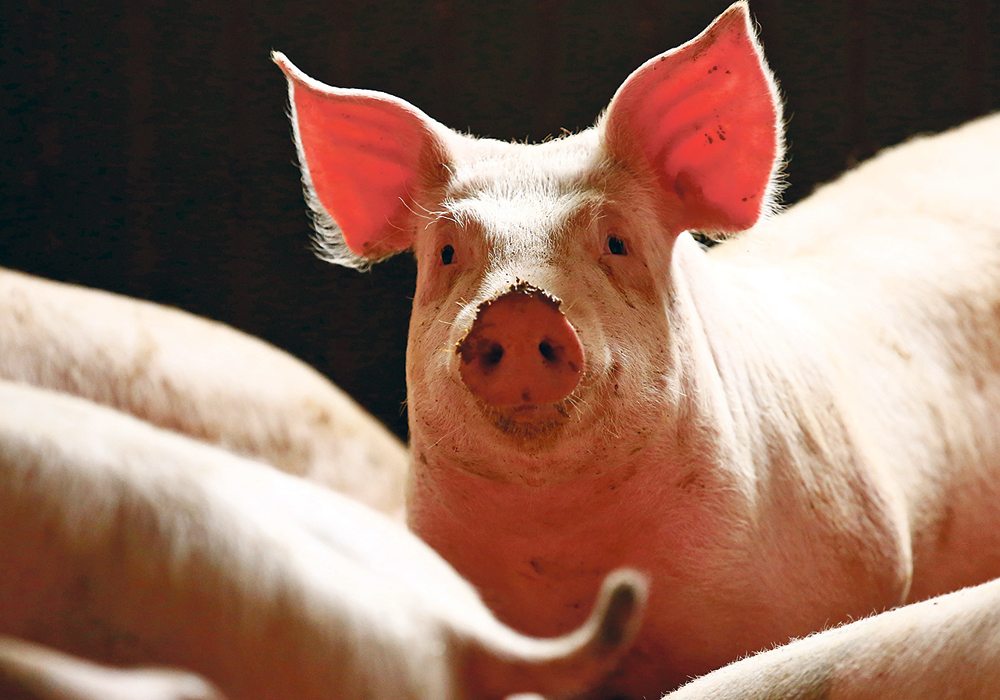Global pork production costs saw a significant increase in 2022, according to data from the InterPIG group, representing institutions from 17 pork-producing countries, including Brazil. The main factors contributing to this rise were the prices of corn and soybean meal, influenced by climatic events and geopolitical factors such as the Ukraine war, impacting fertilizer costs and reducing global grain supply. Global inflation in prices (electricity, vaccines, medications, and construction) and labor remuneration also played a role.
Brazil also boasts the lowest prices received per live kilogram of pork, with $1.06 in Mato Grosso and $1.10 in Santa Catarina, compared to the U.S. average of $1.58 per kilogram. Despite increases, the Brazilian pork industry remains competitive due to lower animal feed and labor costs. The lower costs in Brazil are attributed to efficient production and pricing. The country has competitive zootechnical coefficients, thanks to technology adoption and livestock health investments in biosecurity and agricultural defense. Additionally, lower labor remuneration and facility costs contribute to Brazil’s cost advantage. For instance, in 2022, the hourly wage in Brazil was around $3, significantly lower than in Spain, where it stood at $16.29.
More by link: swineweb.com



